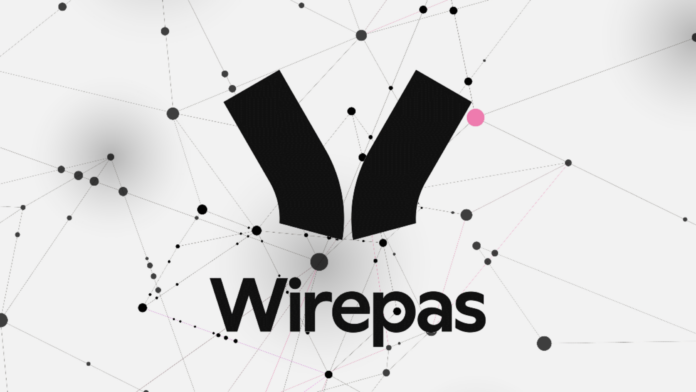IoT connectivity company Wirepas, selling a non-cellular mesh technology for industrial IoT, has raised $22 million to amp-up its enterprise sales operation in global markets. Wirepas, offering both low and high-power IoT mesh technology (and using 5G branding for the latter), claims higher levels of scalability, reliability, and sustainability, compared with standard IoT technologies. It reckons it can support up to four billion IoT devices on a single network.
The funding round was led by Highland Europe, with participation also from Amalfi, IQT, ETF Partners, KPN Ventures, Vito Ventures, and Vesa Laisi. It follows a €10 million injection at the end of 2021 from Estonia-based venture capital firm Karma and Finnish state-owned investment firm Tesi. Wirepas has offices in Australia, Germany, Finland, France, India, and the US, and claims to have around seven million devices connected on its network tech.
The firm, spun-out of the University of Tampere, in Finland in 2010, has notable support from chipmakers and module makers including Silicon Labs, u-blox, Nordic Semiconductor, and others. Clients include Fujitsu, Prologis, Wurth, Schaeffler, Orange, and Fagerhult. It claims around 160 customers, including 50 utilities in various global markets, are using its mesh technology for smart tracking, building management, manufacturing, and metering
The mesh architecture, as followed by Wirepas, means each device on a network acts as an access point for the next – unlike centralised systems that connect IoT devices via a single base station. It claims “algorithms and a unique architecture” to be able to connect up to four billion devices on a single network – and, somewhat confusingly, “as many as 16 million networks”.
The company has low-power and high-power mesh products, pitched as an alternative to cellular-based private 5G for both massive machine-type (mMTC) and ultra-reliable low-latency (URLLC) comms, as also defined in cellular 5G.
It is responsible for the proprietary low-power Wirepas Massive (formerly Wirepas Mesh) technology, which works in unlicensed 2.4GHz spectrum, and has found decent support in the smart buildings and metering markets.
The enterprise unit of Orange, has a deal to use Wirepas Massive for large-scale indoor asset tracking. US medtech provider Intrex is another public reference, using Wirepas Massive to connect senior living communities. Last month, Wirepas announced a supply contract with India-based electronics manufacturer HPL Electric and Power, with an order book for smart meters running to $50 million, to integrate Wirepas Massive as part of its production.
It also has a new arrangement with module maker Laird Connectivity to deliver hybrid Bluetooth Low Energy (LE) and Wirepas Massive hardware and software solutions. The company also has a parallel product called Wirepas Private 5G, based on the ITU’s DECT-2020 NR standard, which uses the license-free 1.9 GHz spectrum band, and is geared to support high-power IoT applications, akin to the kinds of Industry 4.0 cases promoted with conventional private 5G.
Wirepas says its mesh networks use minimal amounts of spectrum without sacrificing results, whilst also extending their range and resilience and reducing costs and energy consumption. The mesh topology means traffic is easily rerouted in the event a sensor goes down, and ‘three-nines’ (99.9 percent) SLA reliability is easily met. It said the new funding will go to “expand [its] technology and solutions globally” and to make it “the standard in IoT connectivity”.
Teppo Hemiä, chief executive at Wirepas, said: “The dream of IoT – devices that communicate with each other to automate processes and collect usable data – has had huge appeal for a long time. But until now there has been a disconnect between the limited, centralised IoT solutions of old and what is needed. Wirepas makes the promise of massive IoT a reality [with] a radical and revolutionary approach.”
Laurence Garrett, partner at Highland Europe, said: “Wirepas isn’t just an incremental improvement over existing technologies – this technology is setting a new standard for what’s possible. By offering a solution that is cost-effective and scalable, Wirepas addresses the two most significant barriers to IoT adoption.”

